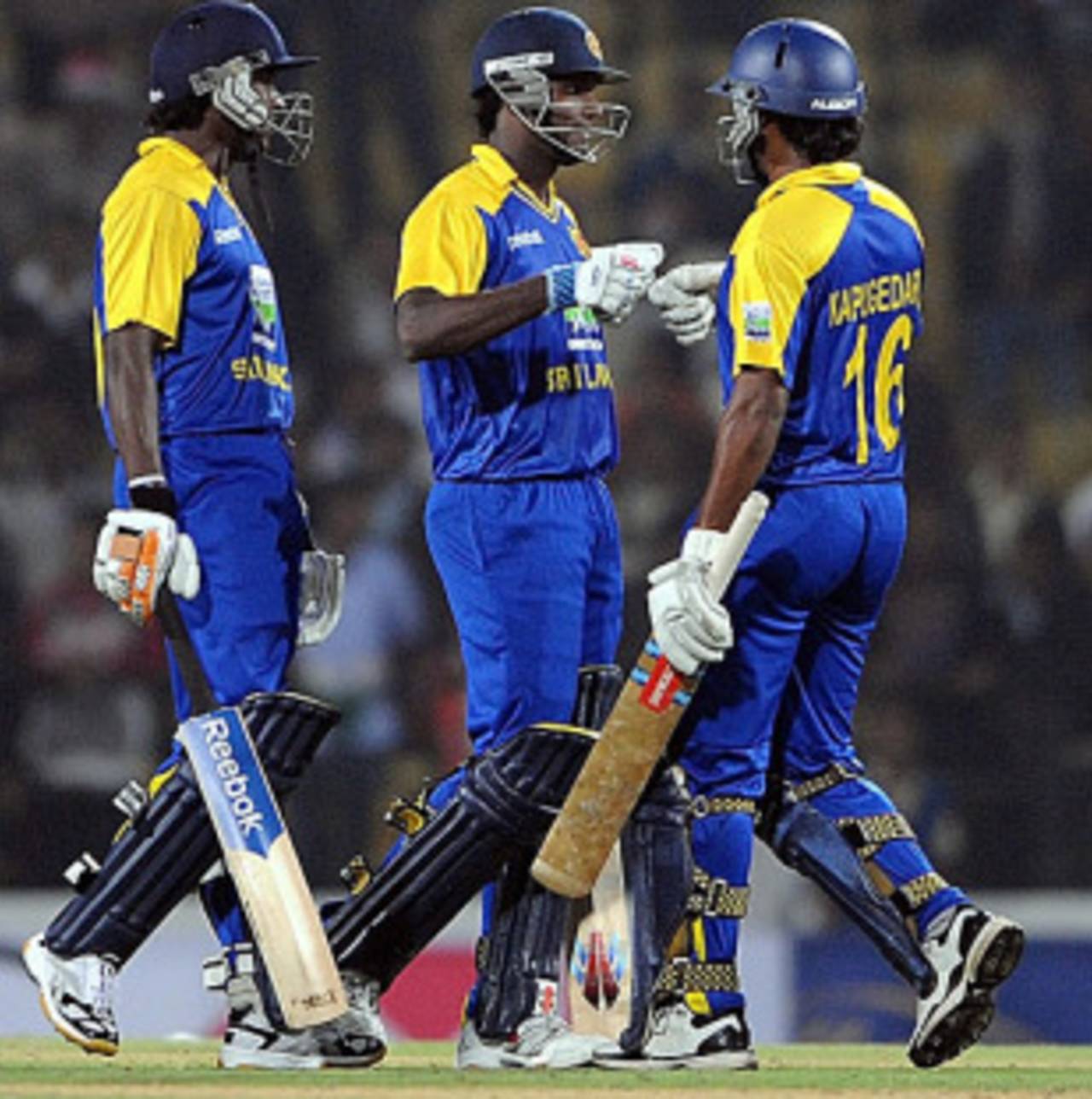Runner rule was being abused, says ICC
The ICC has defended its decision to do away with runners in international cricket, claiming there had been widespread abuse of the rule
ESPNcricinfo staff
30-Jun-2011

Not to be seen again in international cricket • AFP
The ICC has explained its decision to do away with runners in international cricket by saying there had been widespread abuse of the rule that allowed batsmen to ask for runners in the event of an injury. The runner rule has been in operation for more than a century, appearing in the MCC's Laws of Cricket as far back as 1884 and perhaps even before then, but the ICC decided to repeal it on the recommendation of its Cricket Committee in May this year.
"It's been considered by the cricket committee... and there has been a strong feeling that runners were used not in the right spirit," ICC chief Haroon Lorgat said in Hong Kong on Thursday at the conclusion of the the five-day annual conference. "It's quite a difficult one for umpires to determine whether there has been a real injury to batsmen or whether it was a tactical use of runners."
The move was also an attempt to redress disparity between batsmen and bowlers Lorgat said. "If a bowler gets injured you can't continue bowling for the rest of the day and the feeling was that it would be better to not allow the use of runners because there has been abuse in the past."
In the 2009 Champions Trophy, Andrew Strauss refused to allow his South African counterpart Graeme Smith a runner after Smith had requested one due to cramps. Strauss said cramps were a side-effect of a long innings while Smith claimed runners had been granted for that reason in the past, pointing to an inconsistency in the rule's implementation.
Among other changes decided on by the ICC at the annual conference were the use of new balls from each end in ODIs, batting and bowling Powerplays to be taken between overs 16 and 40, and bowlers being allowed to run out non-strikers backing up unfairly.